How to calculate a tunnel
Tunnel structural design implies complex calculation procedures and several uncertainties. The correct modelling of the rock load and of the soil-structure interaction requires accurate analysis of the geotechnical data.
Several analytical relationships have been proposed to estimate the internal forces values (bending moment, normal force, shear force) for tunnels in rocky medium. However, these formulas are usually available only for circular tunnels.
Apart from tunnel excavations with tunnel boring machine (TBM), the tunnel geometry is in general NOT circular. The lining shape strongly influences the internal forces distribution.
In case of complex geometries, for example in case of tunnel enlargements/restrictions or of tunnel intersections the use of analytical formulas implies too strong assumptions. In most cases, their use would lead to very imprecise results. On the other hand, the proper use of FEA and numerical simulation allows to efficiently overcome these difficulties.
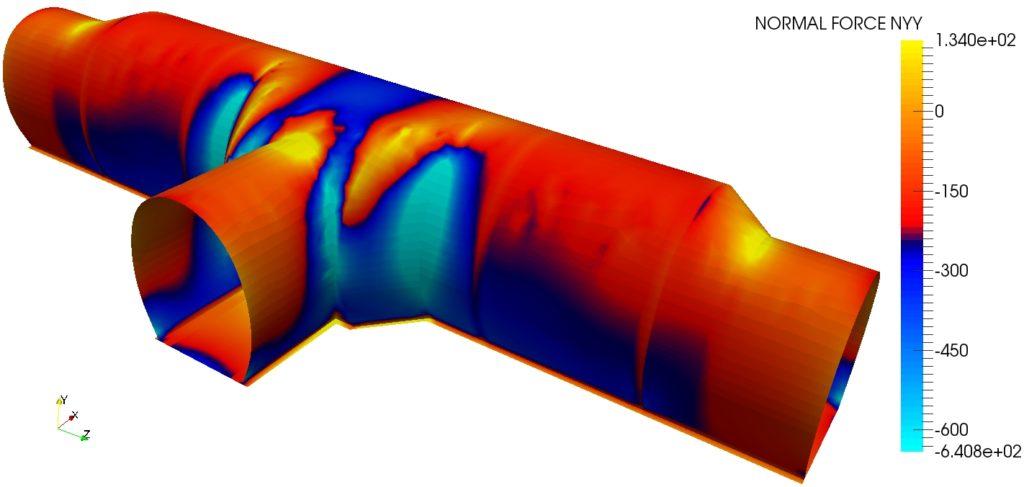
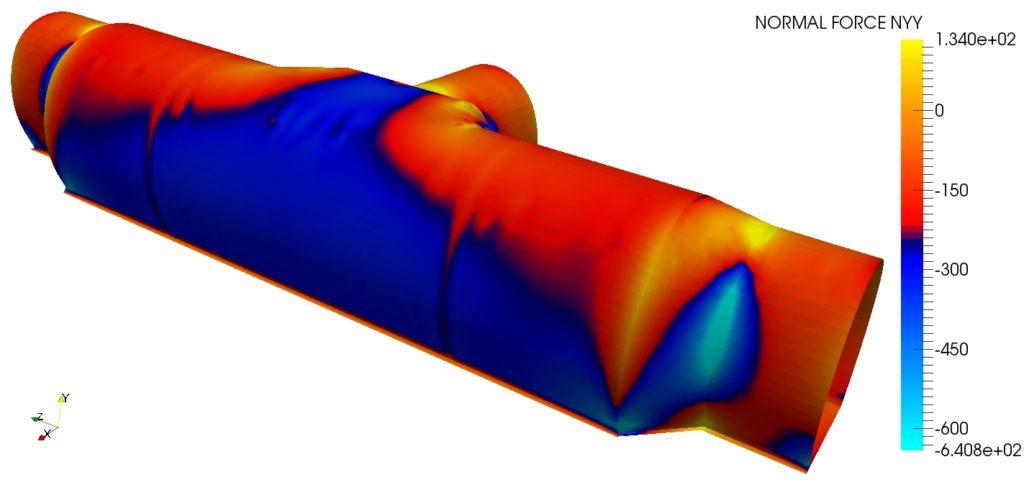
Advanced FEA simulation for better and safer tunnels
The advances in numerical simulation allow a level of precision which was impossible to reach until some years ago.
- We can model the soil-structure interaction with specific nonlinear bedding elements, which react only in compression and allow to model correctly the tangential friction with the soil;
- A modern analysis can simulate the entire rocky medium, with specific nonlinear models (Mohr-Coulomb, Cam-Clay, Drucker Prager, etc.). These material models represent the specific properties of the soil;
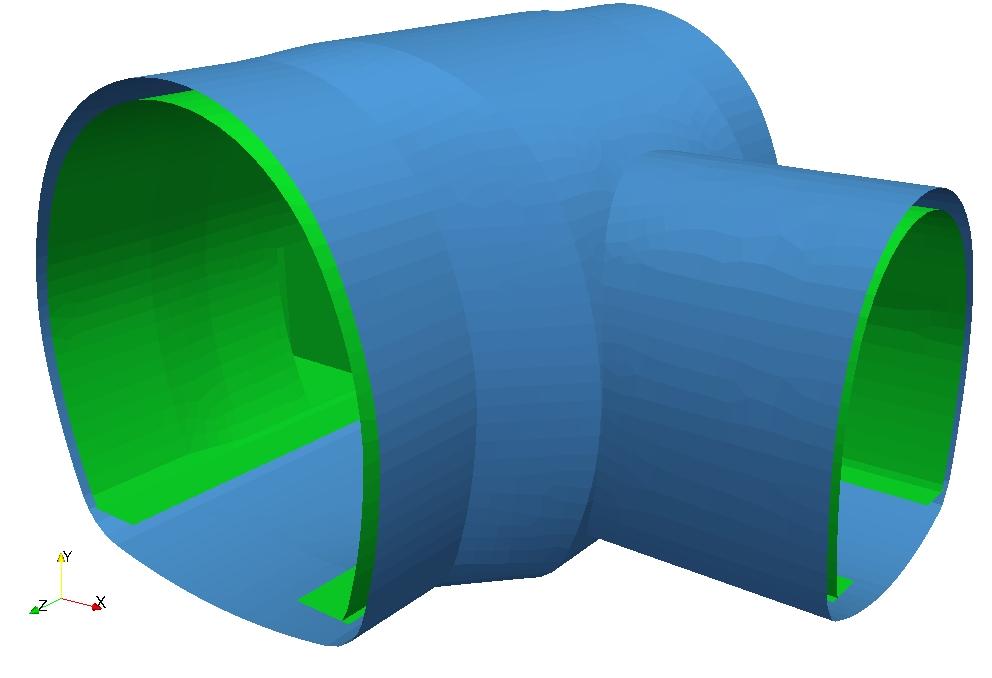
- In case of NATM tunnelling approach, the interaction between initial and final lining can be efficiently modeled by taking into account contact between the structures;
- We can perform thermo-mechanical analyses, in order to account of seasonal temperature changes, temperature gradients and the event of fire in the tunnel;
- The viscous deformation of concrete (creep) can be taken into account, so that shrinkage can be modeled exactly, avoiding unreliable assumptions and approximations;
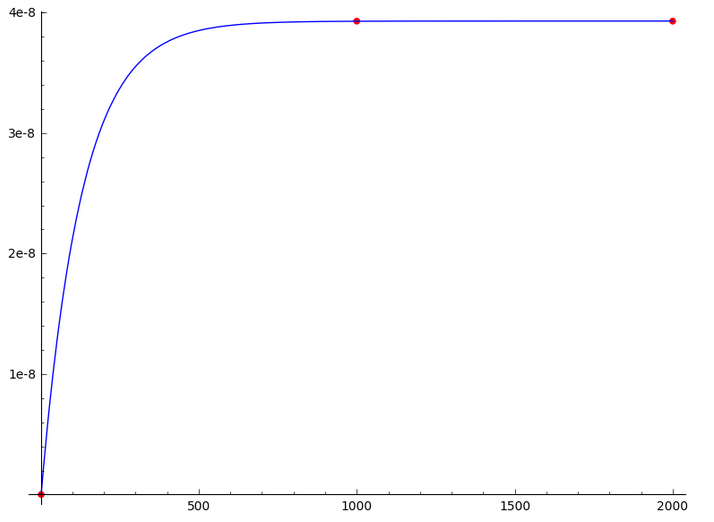
- We can simulate the fragile nature of concrete with the use of specific material models. Furthermore, we can precisely take into account the influence of steel reinforcement on the tensile resistance of the composite.
Cost efficient and reliable results
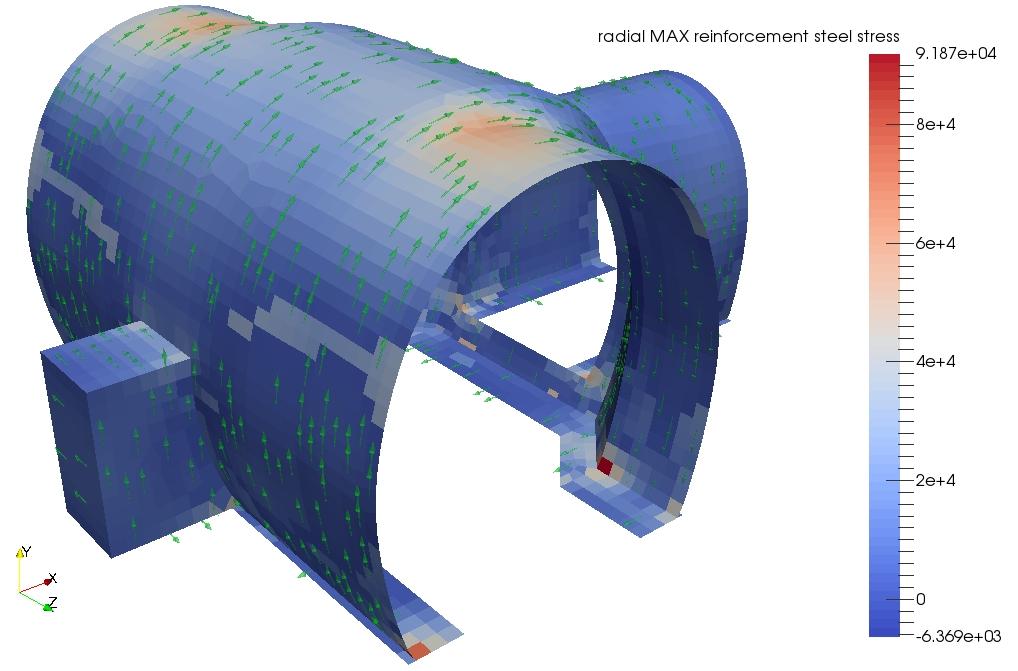
The proper use of the above described simulation techniques leads to better designs. These designs account of the real structural behavior and therefore allow to reduce strong maintenance and renovation operations on the structure. And, more importantly, the structures are safer.
The recent tragedy of the Morandi Bridge in Genova should make us reflect on the importance of the use of the available technologies in structural analysis. In the hope that such disasters will not happen anymore.


